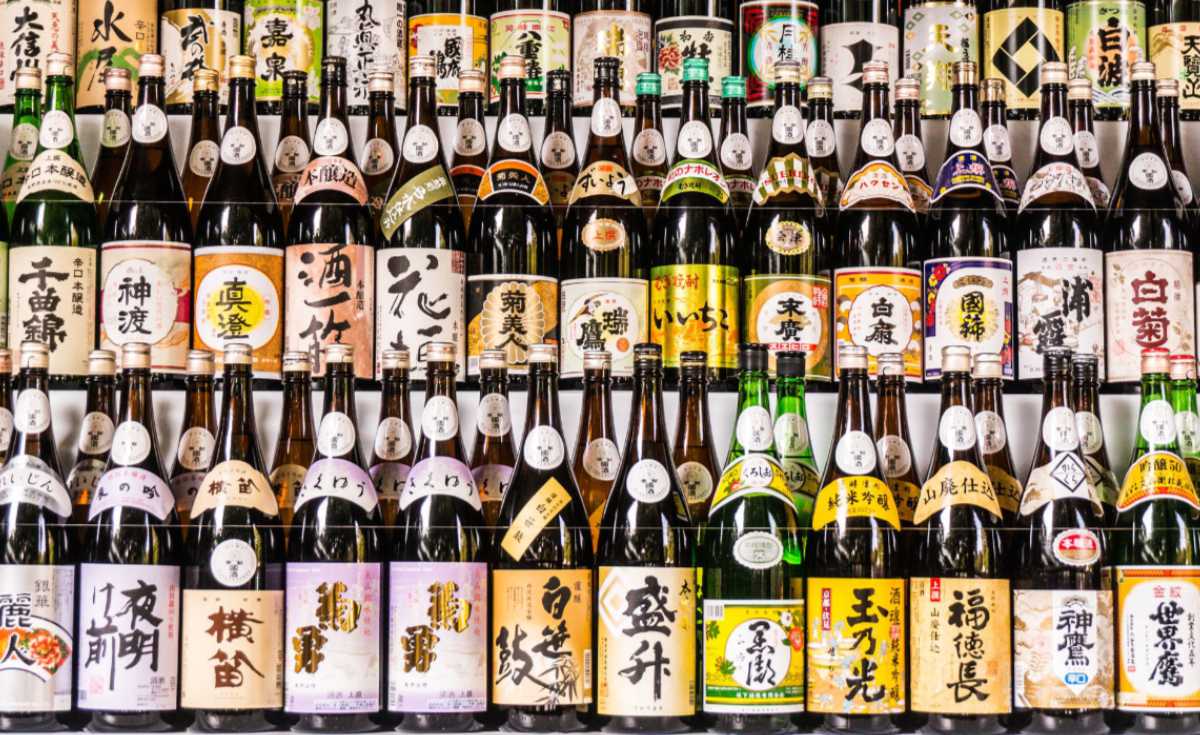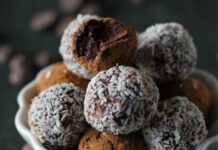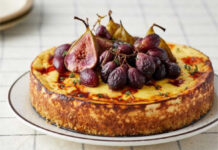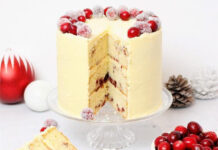Delicious and distinctly different, sake (pronounced sah-keh) has been Japan’s prized pour for more than 2,500 years – but while we’ve embraced Japanese foodie culture and particularly good edibles such as sushi, sashimi and miso soup, our thirst for rice wine hasn’t quite peaked as much as our appetite for the cuisine.
However, there’s a growing interest in sake and we caught up with WSET certified sake educator Natsuki Kikuya to hear her thoughts on this legendary drink. And who knows, you might soon be dedicating as much time to a sake pairing menu as mastering the art of eating with chopsticks.
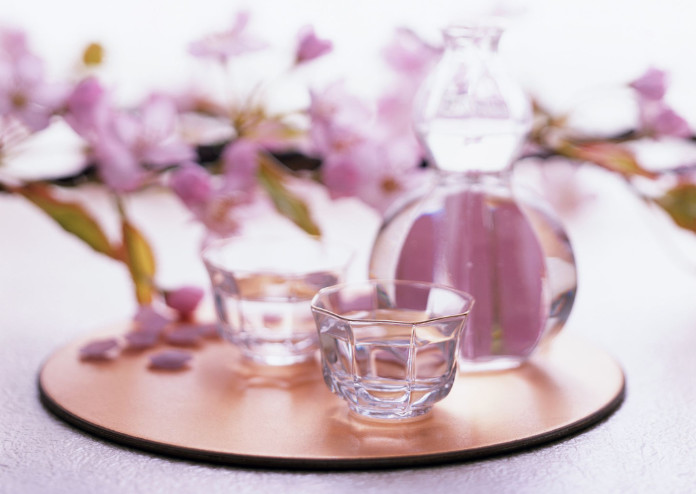
6 things you didn’t know about sake
Here are a few things you might not know about the drink…
1. Sake is special
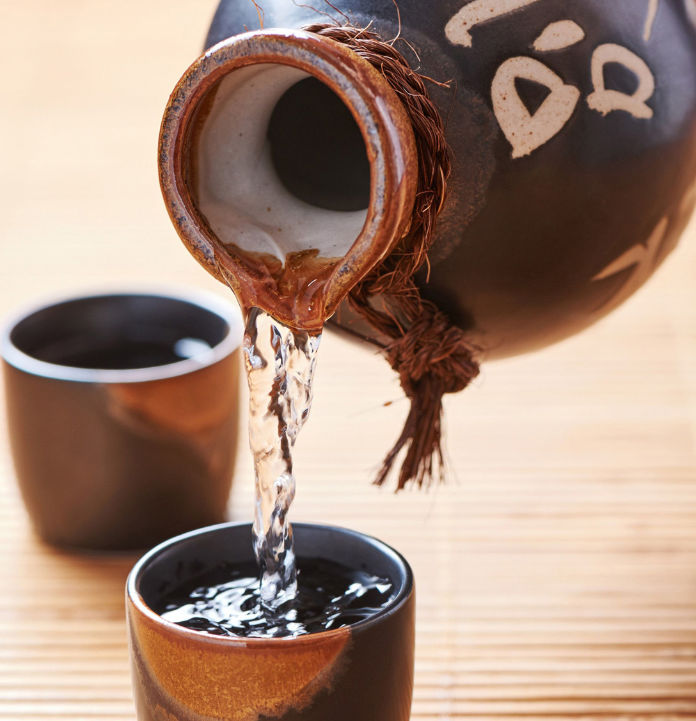
Sake is really its own category of drink. It’s referred to as rice wine and comes in a wide range of styles such as still, sparkling, cloudy, sweet or aged but its alcohol content is slightly higher than wine (around 15-17% ABV), and it’s brewed like a beer.
2. It’s sulphate-free
Unlike wine, sake has no sulphide added. Instead it’s pasteurised (like cheese or milk) to stabilise its quality. Freshly-brewed, unpasteurised sake is also enjoyed on occasion.
3. There’s a style to suit you
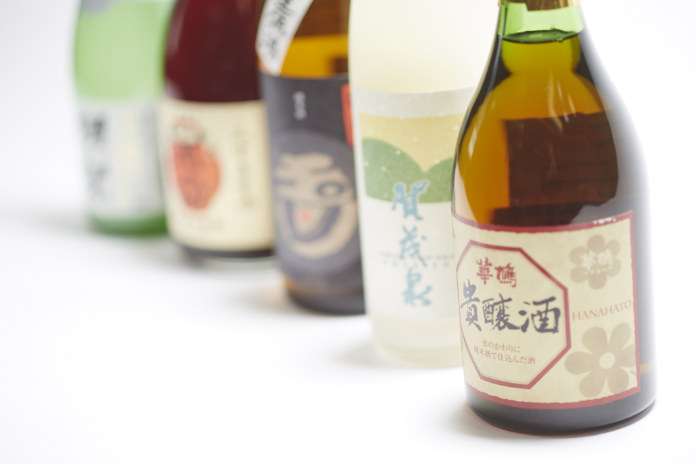
There are two main flavour profiles of sake: Ginjō styles have fruity and floral aromas with delicacy and elegance, while other styles have cereal and lactic aromas, with more complexity and savoury umami flavours.
4. It’s not always microwaved
Sake can be served at different temperatures. Warming sakes makes them seem sweeter, softer in texture and enhancing umami. However, most ginjō styles lose their aromas and delicacy when heated and are best served chilled.
5. Sake suits a wine glass
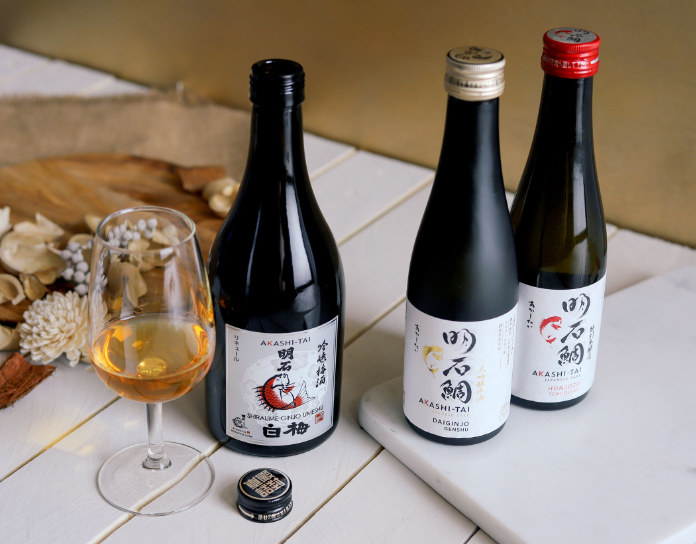
While sake is often served in ceramic cups, in terms of flavour it is best to serve sake in a small tulip-shaped glass (like a white wine glass) as it will keep it at the right temperature while enhancing the aromas. The traditional small wooden box called a ‘masu’ can also be used for special occasions, but the wood does change the flavour of the sake.
6. It’s versatile and food friendly
Sake pairs with so much more than just Japanese food, complementing many Western cuisines such as cheese, seafood, and charcuteries – note the Japanese phrase, “Nihonshu wa ryori wo erabanai,” which means, “Sake never fights with food.”
WSET is the largest global provider of qualifications in the field of wines, spirits and sake, offering courses to both beginner enthusiasts and industry professionals. Visit WSET for more information and to find a local course provider near you.
You may also be interested in…























































